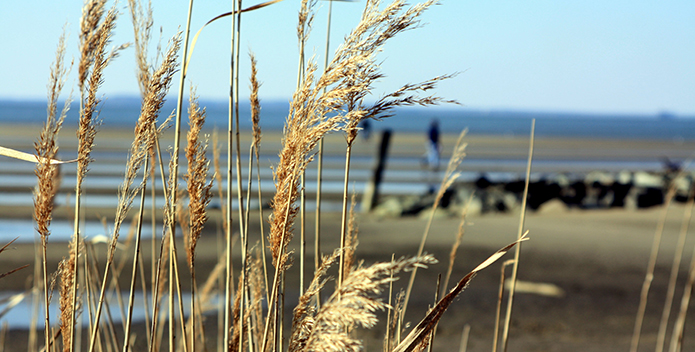If constructed, Four Seasons at Kent Island would be one of the largest major subdivisions in Maryland's Critical Area history.
First proposed by a New Jersey developer in the 1990's and approved more than 10 years ago, this subdivision—on 425 acres of farmland between the banks of the Chester River and Cox Cree—is the wrong project in the wrong place. It was ill-conceived then and it remains ill-conceived. More than 1,000 units of housing are proposed within Maryland's Critical Area, on mostly flat land that is significantly vulnerable to current flooding during heavy rains and the certainty of more and more storm surges as sea level rises.
The problems here are scale (way too big), design (1980's sprawl instead of clustered and compact, with small-scale, green runoff practices), and location (where flooding is commonplace and will become more so, on the banks of two bodies of water). The other problem—a big one—is that development would occur in the face of the Chesapeake Clean Water Blueprint, which requires a reduction in polluted runoff, but which wasn't in effect when the project was approved.
Developers and those in the county who support this project argue:
- it complies with the Comprehensive Plan and zoning and has all local approvals necessary for the first phase;
- it obtained a "growth allocation," permission from the Critical Area Commission to develop land which ordinarily is protected by law;
- it has sewer and water;
- and there is other development nearby.
The developer has also agreed to "voluntarily" give up 131-acres across the creek, move polluted runoff outfalls out of tidal wetlands, and raise first floors a couple of feet.
But none of these statements means the project is a good one, nor in the right place.
The facts are:
- while the project's development site is recognized in county planning documents, the Stevensville/Chester Community Plan language is actually critical of projects this massive;
- growth allocation was granted more than a decade ago, before the Chesapeake Clean Water Blueprint and the latest science on sea level rise;
- there is development nearby, but the land targeted for Four Seasons is situated in a uniquely sensitive area between the Chester River and Cox Creek;
- the state's Wetlands Administrator and Secretary of the Environment have both concluded that polluted runoff from the project would impact the fragile tidal wetlands adjacent to the site;
- access to the 131 acres across the creek was problematic for the developer given that permission was denied for a crossing at the creek;
- it makes no sense to build stormwater outfalls where they could be overwhelmed and undermined by tides, but there will still be increased levels of polluted runoff to the Bay;
- and, unless the buildings were raised, storm surge flooding would have become an even more destructive.
A final consideration is the developer's environmental record. Not too long ago it paid huge fines to the federal government for failure to manage polluted runoff requirements from its construction operations.
The bottom line is, does putting a project of this magnitude make sense for Kent Island,
- where traffic is already a problem, with limited ingress and egress;
- where flooding regularly occurs and more serious, climate-related flooding is a near-certainty;
- and where the massive subdivision would drain into a river and a creek that are important tributaries of a Bay struggling—and under federal mandate—to recover?
In other words, does this project make sense?
The straightforward answer is no.
What About the Next Development Proposal?
There are many steps citizens and state and local leaders can take to make situations like this less likely to occur.
- Maryland's Board of Public Works, which must grant a license to projects disturbing any tidal wetlands, can be given the authority to look more comprehensively at a project of this size and location.
- The Critical Area Commission could be given more authority to review, shape or reject applications for growth in sensitive areas.
- There could be a more comprehensive review process for developments like this, which have potentially substantial public health and safety, and environmental implications.
- A process could be developed to address grandfathered projects or those with old "development rights agreements" where circumstances have obviously changed.



